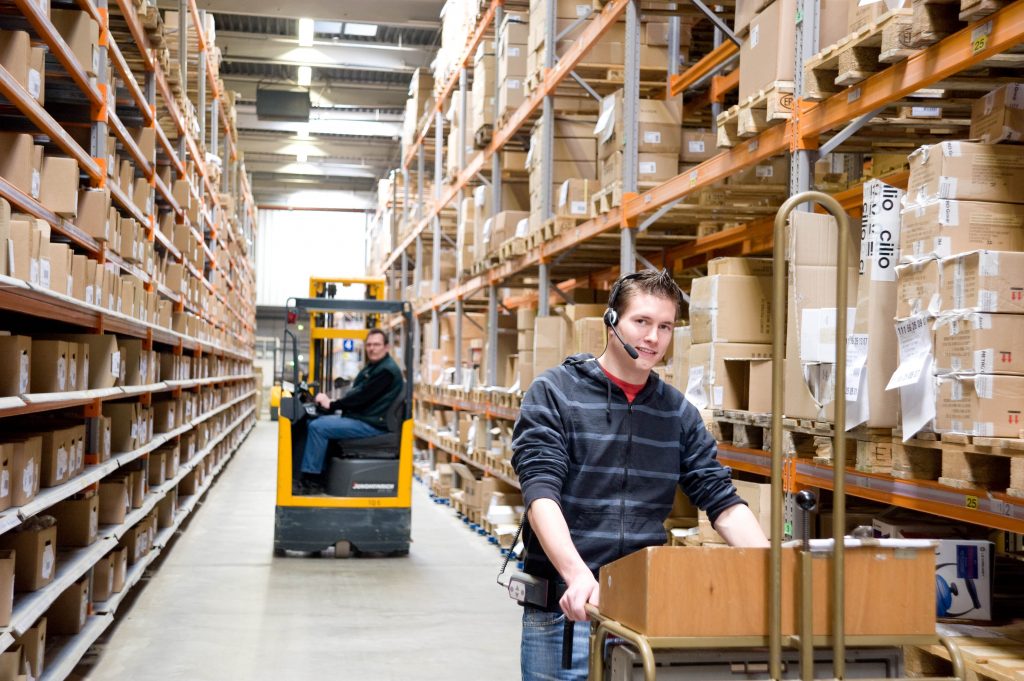User Experience Vital in 2020 Fulfilment, Says WMS Specialist
6th January 2020

Warehouse management technology leader, SnapFulfil is predicting a new fulfilment year where demand for better ‘user experience’ will be as important as a company’s products and services.
It will also see the rise of the robot, taking man-to-good operations to the next level, says the company.
With ever increasing challenges to getting packages out on time and accurately, feedback from SnapFulfil’s customers shows that warehouse managers want and need WMS offerings with simplified user interfaces, allowing them to onboard temporary employees quicker – especially during peak seasons. Additionally, they are looking to invest in a system that allows for multiple licenses so temporary hires can use their systems immediately.
Digitally-driven warehouse managers will also be looking to collect much larger quantities of data throughout the fulfilment process during 2020, so they can create a baseline and systematically track improvements within the warehouse.
SnapFulfil MD Tony Dobson explained: “Our experience tells us that having a WMS that provides easily accessible information data to employees is paramount to improving efficiencies warehouse-wide. As businesses modify their processes to meet the challenges of today’s e-commerce, a best-of-breed WMS allows them to simply track progress and reconfigure changes to achieve the best results and most efficient fulfilment operations.
“Apart from facilitating much more educated decisions, it also eliminates costly, onerous and time-intensive paper-based processes in the warehouse, giving employees more quality time and flexibility to streamline procedures – creating a more rewarding and fulfilling working environment.”
The new year will also see more brands focus on implementing robots into their existing man-to-goods operations – rather than tearing the whole infrastructure down for machines – because investing in an Amazon-style goods-to-person robotics solution is simply too cost prohibitive for most small to medium sized businesses.
Solutions such as the autonomous mobile robot, SnapCart, which is due to launch in 2020, are set to fill that gap by introducing a cellular picking model that keeps pickers within a set zone and sends robots to them to pick up items. Cellular picking considerably reduces an employee’s physical strain and helps the warehouse move items from picking to packing much more efficiently and accurately.
Mr Dobson concluded: “We are in the final stages of SnapCart’s exciting development and it has been designed to deliver the most efficient picking methodology available, rather than replace warehouse operatives.
It features an easy-to-use interface, so staff can be trained within minutes, plus carts can be added as needed to manage start-up costs and scalability.
“What’s more, it costs less than a third of other robotic solutions currently available and being application led it has been specifically engineered for the demands of a featureless warehouse environment. At 48 totes, it also carries more than any other man-to-goods cart on the market.”

